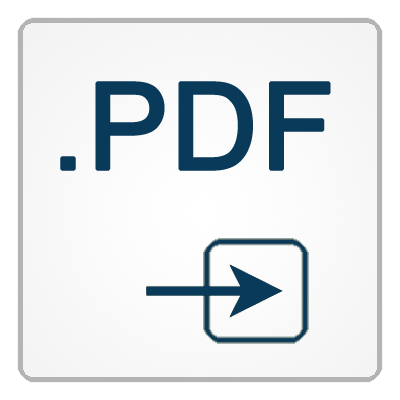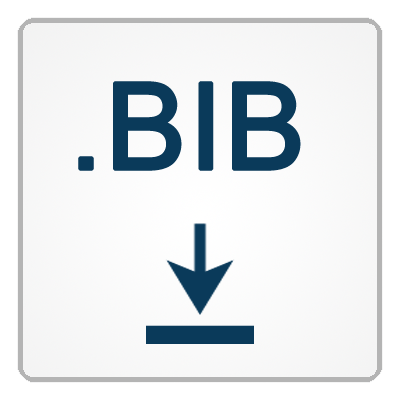Tongue Mouse - Comparison of Physical Measurement Principles
Authors: Kathleen Große, Peter Birkholz
Abstract:
Elderly people often have difficulties using tools in their household with their own hands. While problems that occur due to presbyopia can be corrected with visual aids, there is no satisfactory universal solution for helping people with hand-related sensor or motor deficiencies. For that reason, we currently explore possibilities tongue-controlled Human Interface Device for use with personal computers: a „tongue mouse“. An analysis of existing approaches showed there is currently no satisfactory, user-friendly concept. This paper provides an overview of the current state of the art and compares the existing approaches. First, requirements for a tongue mouse are set and then weighted by pair-wise comparison. For the already existing approaches, it is examined to what extent they meet the requirements. We find that optopalatography, piezoelectric sensors and resistopalatography are promising methods for the creation of a tongue mouse.


